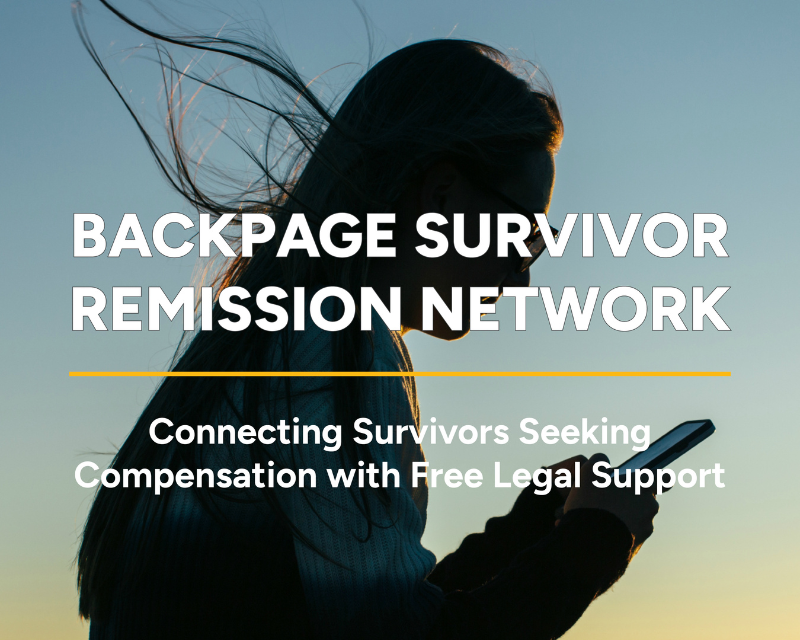
October 28th marks 20 years since the first Trafficking Victims Protection Act (TVPA) was signed into law establishing the crime of human trafficking in the United States. Subsequent reauthorizations honed the law further in 2003, 2005, 2008, 2013, and 2017. Below are the basics of the TVPA and of how the U.S. addresses human trafficking.
As we head into the next 20 years, this will form the baseline for where the movement heads – from a focus on social services and criminal justice – to a move toward social justice writ large – a community-based understanding of what it is that causes or allows trafficking to happen and how to tackle those underlying conditions. It is not a matter of changing the TVPA so much as looking at it through the lens of 20 years of learning and then looking beyond it to changes that are now possible – societal changes, not legislative changes – thanks in part to this groundbreaking legislation.
And so, in no particular order:
A crime defined: The TVPA created a legal definition of sex and labor trafficking. Elements added later include an allowance for the forfeiture of assets amassed by traffickers.
Immigrants protected: The authors of the TVPA recognized that immigration status is an important vulnerability for all kinds of trafficking and that immigrant victims require certain special protections including:
- The T-Visa and U-Visa. A way for immigrants who were trafficked to stay in this country if they cooperate in the prosecution of their traffickers.
- The requirement that anyone coming to this country to work legally is provided with information about trafficking and their rights.
- Protections for unaccompanied minors. Through the Department of Health and Human Services’ Office of Refugee Resettlement, the federal government provides care and finds suitable sponsors for unaccompanied minors that have crossed the border into the U.S. Sponsors are typically a parent or close relative living in the U.S.
- Services and health benefits available to foreign national victims of trafficking regardless of their immigration status.
Victims’ rights & services established: The TVPA offers victims’ services grants and new provisions added over time, such as ones to allow victims to sue traffickers in federal court and receive restitution.
Global reach & impact solidified: Recognizing that trafficking is often a cross-border crime – and is always a human rights violation – the TVPA puts the U.S. at the helm of the global anti trafficking movement in many ways. Among these are:
- The TIP Report. The TVPA created the Department of State’s Office to Monitor and Combat Trafficking in Persons, which has released the annual Trafficking in Persons (TIP) Report since 2001. The report provides a global look at the scope of human trafficking and serves as a diplomatic tool for the U.S. government to engage foreign governments on the issue.
- Ban on aid to countries that allow the use of child soldiers.
- Extension of the U.S. government’s jurisdiction to prosecute U.S. citizens living abroad who are involved in the sex trafficking of children.
Stay tuned for a vision of where we can and must go in the next 20 years, to prevent, reduce and ultimately to end sex and labor trafficking.


